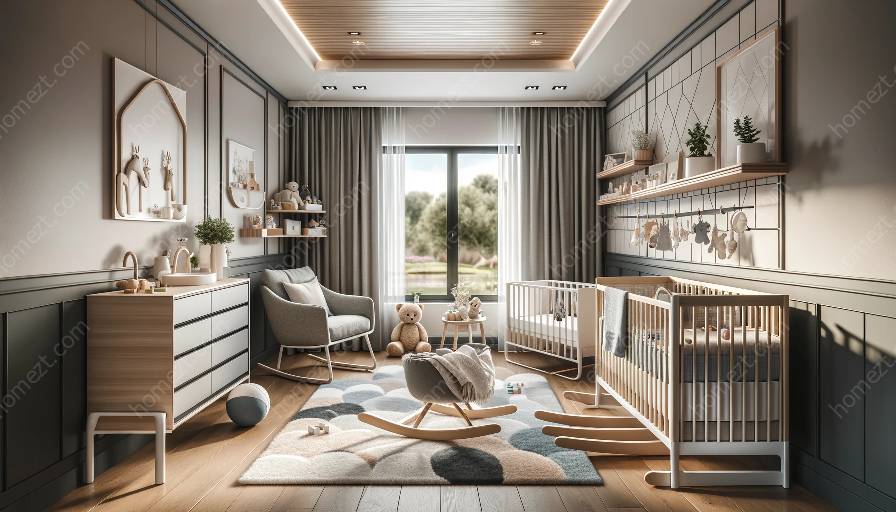Creating a well-organized and visually appealing nursery involves more than just choosing the right furniture. How you organize toys and books can significantly impact the overall look and feel of the space. Additionally, proper organization can make it easier for you and your little one to navigate the nursery, enhancing both functionality and aesthetics.
Nursery Furniture Placement
Before delving into organizing toys and books, it's essential to consider nursery furniture placement. The layout of the nursery will play a crucial role in determining the best way to store and display toys and books. Ensure that furniture like bookshelves, toy chests, and storage units are strategically placed to maximize space and accessibility while maintaining a harmonious flow within the room.
Toy and Book Organization Tips
1. Declutter and Categorize: Start by decluttering the nursery and separating toys and books into categories based on age-appropriateness, type, and frequency of use. This will help streamline the organization process.
2. Utilize Practical Storage Solutions: Look for versatile storage solutions that cater to the needs of both toys and books. For instance, consider a mix of open shelving, closed cabinets, and storage bins to accommodate different sizes and types of items.
3. Create Reading Nooks: Incorporate a cozy reading nook within the nursery by placing a small bookshelf, comfortable seating, and soft lighting. This will encourage a love for reading and provide a dedicated space for story time.
4. Rotate Toys and Books: To prevent overcrowding and keep things fresh, consider implementing a rotation system for toys and books. Store some items away and periodically switch them out to maintain variety and reduce clutter.
Seamless Transition to the Playroom
When organizing toys and books in the nursery, it's important to consider the transition to the playroom. If the nursery and playroom are adjacent or interconnected, aim for a seamless transition between the two spaces. This can be achieved by using complementary storage solutions, color schemes, and decorative elements to create a harmonious flow.
By following these organizational tips and carefully considering nursery furniture placement, you can create a nursery that is not only aesthetically pleasing but also conducive to your child's developmental needs. Embrace creativity and functionality to transform the nursery into a delightful and organized space that fosters learning and play.


